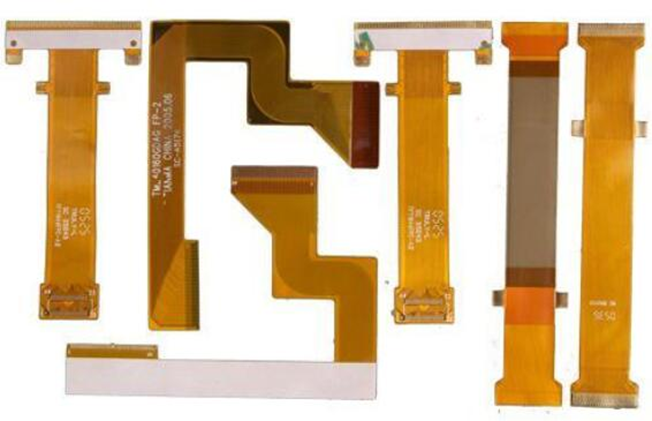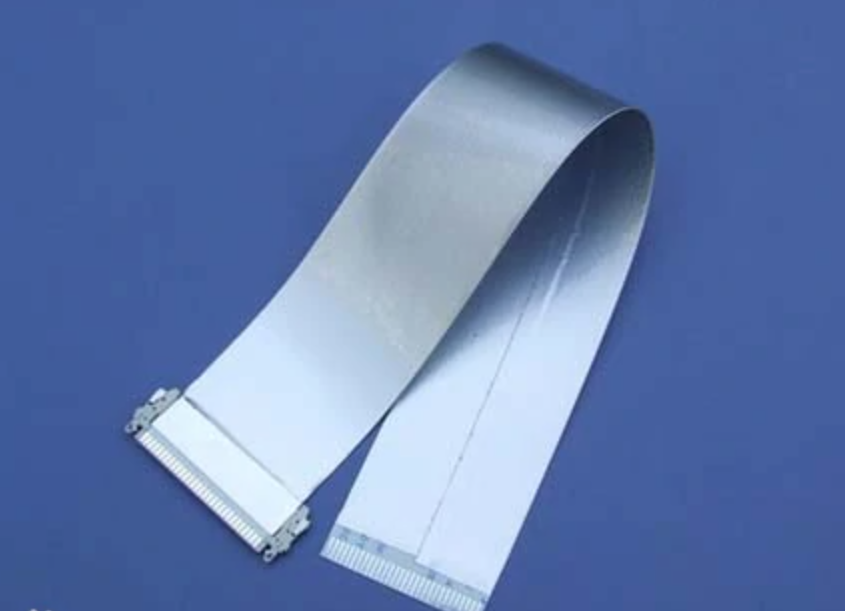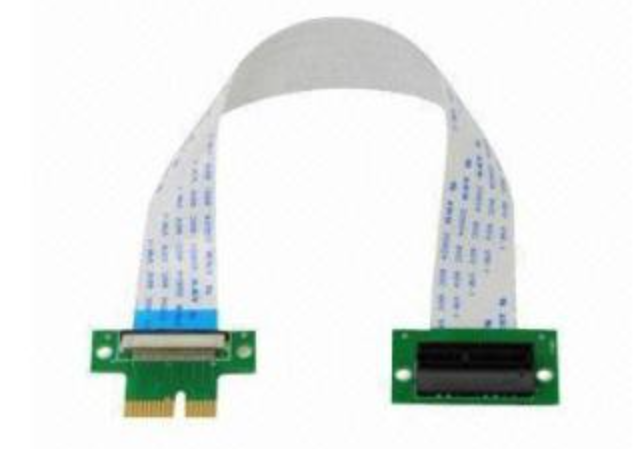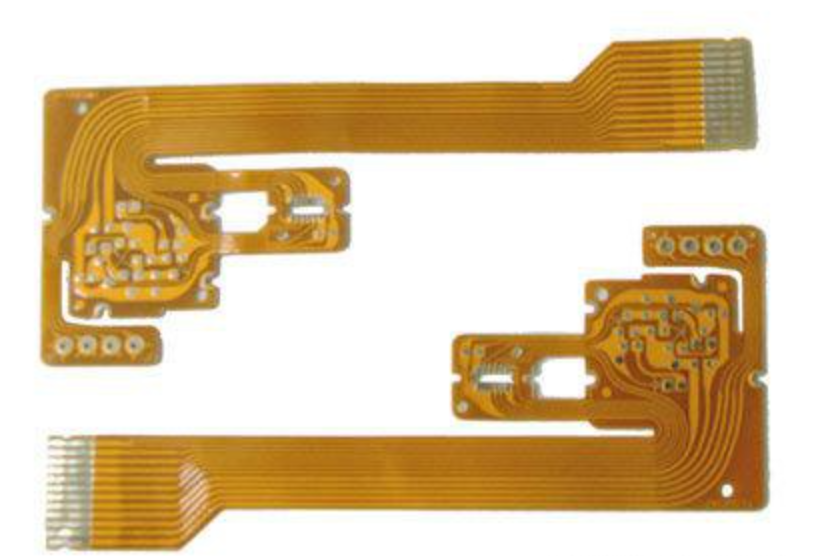FPC Cable vs. FFC Cable: A Deep Dive Analysis by Kaweei
1. FPC Cables
FPC cables, also known as Flexible Printed Circuit cables, are connection cable groups that can be flexed within a certain range. In terms of functions, FPC can be divided into many types, such as FPC antennas, FPC touch screens, FPC capacitive screens, etc., and FPC cables are one of them. Their core function is to seamlessly connect two closely related components or complete products. Thanks to their excellent flexibility, they have been widely used in many electronic products such as printers, mobile phones, and laptops.
Insights into the Advantages and Disadvantages of FPC Cables

Significant Advantages: On the one hand, they have strongly promoted the miniaturization and lightweight transformation of electronic products. In many high-tech or consumer fields such as aerospace, military, mobile communications, laptops, computer peripherals, PDAs, and digital cameras, the use of FPC can greatly reduce the volume and weight of products, meeting the urgent needs of electronic products for higher density, miniaturization, and high reliability. On the other hand, they have unparalleled flexibility in spatial layout. They can be arranged according to the complex and changeable spatial planning requirements at will, and can move freely and stretch in three-dimensional space, skillfully realizing the integrated and efficient integration of component assembly and wire connection.
Existing Disadvantages: In the product production process, cost control is a key factor that cannot be ignored. Since soft FPC is customized for special applications, the precise circuit design, complex wiring, and high-precision photographic plate production in the early stage all mean high capital investment. Therefore, unless there is a rigid demand for special application scenarios, it is usually not recommended to use it under the condition of small-batch production needs. Moreover, the high investment in the early stage is inevitably accompanied by the requirement of meticulous maintenance in the later stage. Operations such as soldering and rework must be carried out rigorously by professionally trained technicians, which undoubtedly further increases the labor cost.
2. FFC Cables
FFC cables, also known as Flexible Flat Cables, offer users great convenience in freely selecting the number of wires and their spacing, making the connection process simpler and more efficient. They can not only significantly reduce the volume of electronic products but also effectively cut production costs and improve production efficiency. They are especially suitable for building data transmission cables between moving parts and motherboards, between PCB boards, and in various miniaturized electrical equipment. Common standard specifications cover various pitch flexible cable lines such as 0.5mm, 0.8mm, 1.0mm, 1.25mm, 1.27mm, 1.5mm, 2.0mm, and 2.54mm to meet the precise needs of different scenarios.

Insights into the Advantages and Disadvantages of FFC CablesAbundant Advantages:
Light and Portable: The original design concept of the cable board was to replace the traditional bulky wire harness. In the current field of plug-in electronic device assembly boards, cable has become the best choice to meet the requirements of miniaturization and mobility. It constructs copper circuits through the etching process on the polymer substrate or prints polymer thick-film circuits. For those devices that pursue lightness, thinness, compact structure, and complexity, its design solutions are diverse, ranging from single-sided conductive circuits to complex multi-layer three-dimensional assemblies. Compared with the traditional round wire harness method, the total weight and volume of the cable can be significantly reduced by 70%. Moreover, by using reinforcing materials or backing boards reasonably, its mechanical stability can be further enhanced.
Flexible and Durable: The cable has excellent flexibility and can be moved, bent, and twisted at will without damaging the wires. It can perfectly adapt to various irregular shapes and special packaging sizes. The only limiting factor is the limited volume space. With the ability to withstand millions of dynamic bends, the cable performs excellently in continuous or periodic motion interconnection systems and becomes a key support for the perfect realization of the functions of many final products. In contrast, the solder joints on rigid PCBs are very prone to failure after hundreds of thermal-mechanical stress cycles. As Andy, the product manager of EECX Electronic, said, "For specific products that require the flexible movement of electrical signals/power supplies and have small form factors/packaging sizes, cable is undoubtedly the best choice and can bring them great benefits."
Excellent Performance: The cable has excellent electrical properties, dielectric properties, and heat resistance. Evan, the general manager of EECX Electronic, pointed out that "The low dielectric constant ensures the high-speed transmission of electrical signals, laying a solid foundation for the efficient operation of products; the good thermal performance helps components dissipate heat quickly and maintain a stable working state; the high glass transition temperature or melting point enables components to operate reliably in high-temperature environments."
Reliable and High-Quality: The cable greatly simplifies the hardware required for interconnection, such as solder joints, trunk lines, backplane circuits, and cables commonly used in traditional electronic packaging, effectively reducing the high component misalignment rate caused by the combination of complex hardware during assembly, and thus providing higher assembly reliability and product quality. As Joan, the marketing manager of EECX Electronic, said, "FFC cables have low stiffness and small volume, and the components use less materials. With the in-depth development of quality engineering, a very thin flexible system has been carefully designed to be assembled in only one way, cleverly avoiding the risks of many human errors often associated with independent wiring projects."
3. Differences between FFC Cables and FPC Cables
From the perspective of the manufacturing process, the ways in which their circuits are formed are completely different:

FPC Cables: Chemical etching technology is used to precisely process the Flexible Copper Clad Laminate (FCCL) to create flexible circuit boards with single-sided, double-sided, or multi-layer structures, and the circuit routing is precise and diverse.
FFC Cables: They are constructed by tightly sandwiching a flat copper foil between two layers of insulating foil films. The manufacturing process is relatively simple, and the thickness of the product is usually thicker.
From the cost perspective, FFC cables have a significant advantage in price due to their simple manufacturing process and are much cheaper. For this reason, more enterprises tend to choose FFC cable solutions in the initial product design stage considering the strict production cost.
4. Overview of Common Types of FFC and FPC
FFC connectors have a rich variety of common types, mainly including the following 7 types:

- Type A: Both ends are connected, and the reinforcing plates are accurately pasted on the insulating tape to ensure stable connection and certain strength.
- Type B: The reinforcing plates are cross-pasted directly on the insulating tape, and the unique pasting method meets specific mechanical or spatial requirements.
- Type C: The reinforcing plates at both ends are directly pasted on the conductors to strengthen the stability and durability of the connection parts of the conductors.
- Type D: The reinforcing plates at both ends are cross-pasted directly on the conductors. Combining the clever idea of cross-pasting, it can meet the connection requirements under complex working conditions.
- Type E: One end of the reinforcing plate is pasted on the insulating tape, and the other end is directly soldered, taking into account the needs of different connection processes and flexibly adapting to the assembly of various products.
- Type F: Similar to Type E, one end of the reinforcing plate is pasted on the insulating tape, and the other end is directly soldered, providing more options for product design.
- Type G: Both ends are directly soldered, meeting the needs of some products with strict cost control and compact space with the simplest connection method.
- FPC connectors mainly take the form of 0.5mm pitch products as the mainstream, supplemented by 0.3mm pitch products, accurately matching the fine requirements of different precision electronic products for cable spacing and ensuring the efficient and stable transmission of signals.
Recent Posts
2025-01-03 09:50:28
FPC Functions and Applications -Kaweei
2025-01-03 09:39:53

